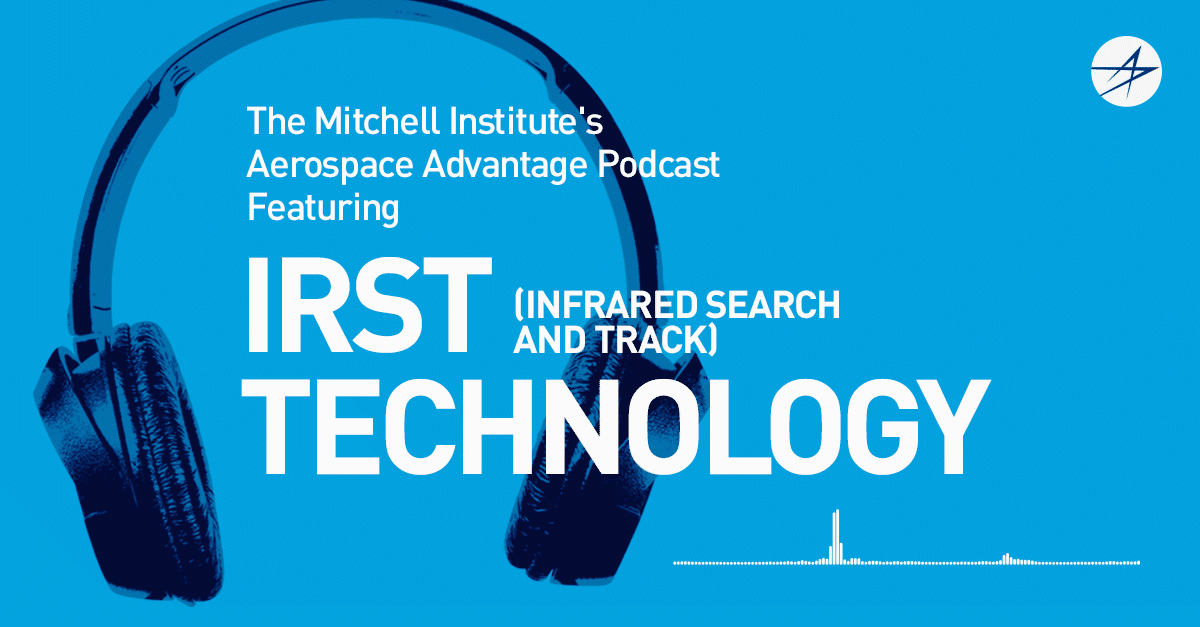As our military service women and men assess the growing threat in the Pacific, they require a capability that can keep them safe in any battle environment.
Infrared Search and Track (IRST) is an infrared sensor that gives pilots a fully passive air-to-air engagement, meaning it does not alert other aircraft of its presence while enabling offensive air engagements in an environment where radar isn’t an option. This capability is key to leveraging fourth-generation fighters in a fifth-generation battlespace.
Lockheed Martin’s IRST21® sensor provides passive lethality, meaning it allows pilots to see opposition aircraft and target them without being seen. This is made possible by the sensor seeing the heat signature – or “skin” – of an aircraft, which ultimately increases pilot survivability.
IRST21 supports targeting solutions, such as the guidance of AIM-120C/D and AIM-9X missiles beyond-visual-range. This fully integrated solution complements other systems and sensors, making the entire weapon platform more lethal and capable while enhancing survivability for the warfighter.
From proven performance to state-of-the-art technology, take a look at these top five reasons why IRST21 is a critical capability for pilots.
1. Performance at Northern Edge 2021
2. Networking Capability
3. Synergy Across Programs of Record
4. Block II Capability Doubles Performance
5. Enemy Aircraft Can’t Hide
IRST21’s sophisticated technology exploits heat signatures of aircraft, thus any aircraft flying in a clear environment will be seen. Immune to detection and radar-jamming, IRST21 limits the effectiveness of threat tactics.
Want to learn more? Listen to The Mitchell Institute’s latest Aerospace Advantage podcast episode that features an overview of how this sensor system is meeting the needs of our warfighters.





